Every person has a different meaning for ecohydrology and I think it is because this science came at a different moment in each of their lives in a distinct way. So everyone has his own special meaning, for example for me ecohydrology is more than a science. It is another way to be one with nature because when we understand all the things that we study like the processes, fluxes, the interactions of all the pieces of this puzzle, we can feel a better connection with the earth. ‘Cause you can say “oh, that event happened thanks to these reasons” and you decide if you want to be more like an actor or just appreciate it from far away. At the same time that we can help to get a better place to live. I mean, you fill your heart 'cause you do some that you love and helps the planet, not all the people can say it.
What are your undergraduate and graduate degrees in?
I keep studying at the university but I'm in the last chapter of this history. After college, I would like to study a masters degree and keep learning about the ecohydrology and restoration of seagrass. Those are my goals and I’ll do the right things, but if life has other plans for me then I’ll take them in the best way.
How did you arrive at working in/thinking about ecohydrology?
That is a sad story because I was looking for answers about what I wanted to do with my life after university. My head was a mess, I felt the pressure of time, and I heard the same thing in my mind over and over again "I'm only 22 years old but I see that my life is ending and I do not do anything special with it". Then I remembered some teachers whose classes had made me feel special and that I was born for this then I sent an email to my Professor Zulia with a peculiar title "Looking for my future” I explained all my feelings to her and she told me about her plans and told me that I could be part of them. So now I am here, trying to understand the flow of air-sea CO2 in a semi-aerial coastal lagoon of the Gulf of California.
What do you see as an important emerging area of ecohydrology?
I don't think it is an area as such but the distribution of information and awareness about this science and their studies could be the most important part. In Mexico the ecology is almost irrelevant as our government prefers money before nature. For example, in the coast are ecosystems like seagrasses and mangroves and not all know "que la cantidad de carbono que logran fijar es mayor que de los ecosistemas terrestres" also we don't know which specific part of this ecosystems is the main actor in that process. We need more investigation to understand it but the business men are destroying our environment before we can resolve the problem. Like a vicious circle: if there’s no investigation so there's no information, if there’s no information, the people wouldn't know about what they are losing, if the people don’t know may don’t care, if they don’t care the government can sell the nature and if the government sell it there’s no investigation.
Do you have a favorite ecohydrology paper?
For me, there is not a paper as such but when I was in high school I read a book called "La importancia de la naturaleza" by Alma Orozco. And those pages helped me to decide which road to take. The book talks about the role of ecosystems in our lives, the importance of every shape of life and what could happen if we just ignored and destroyed everything environmental. The book is awesome for beginners and helps to get another vision of the world.
What do you do for fun (apart from ecohydrology)?
I usually play computer games or go out with my dog for walk. Also I practice some arts like theater and dance, and some circus art - for example stilts (zancos) or aerial dance. I have a little job as a showman in parties so I can do those things and the best part is I get paid, jaja. But there is nothing that I enjoy more than doing road travel with the people that I love.
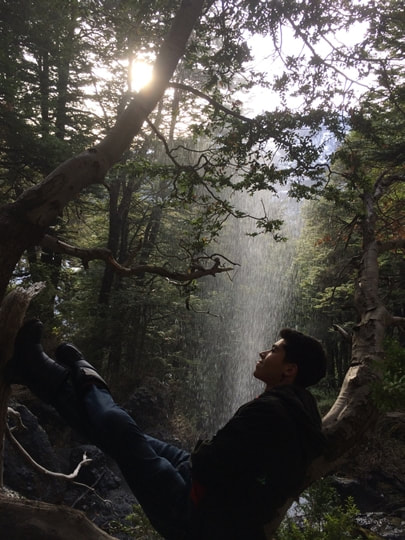
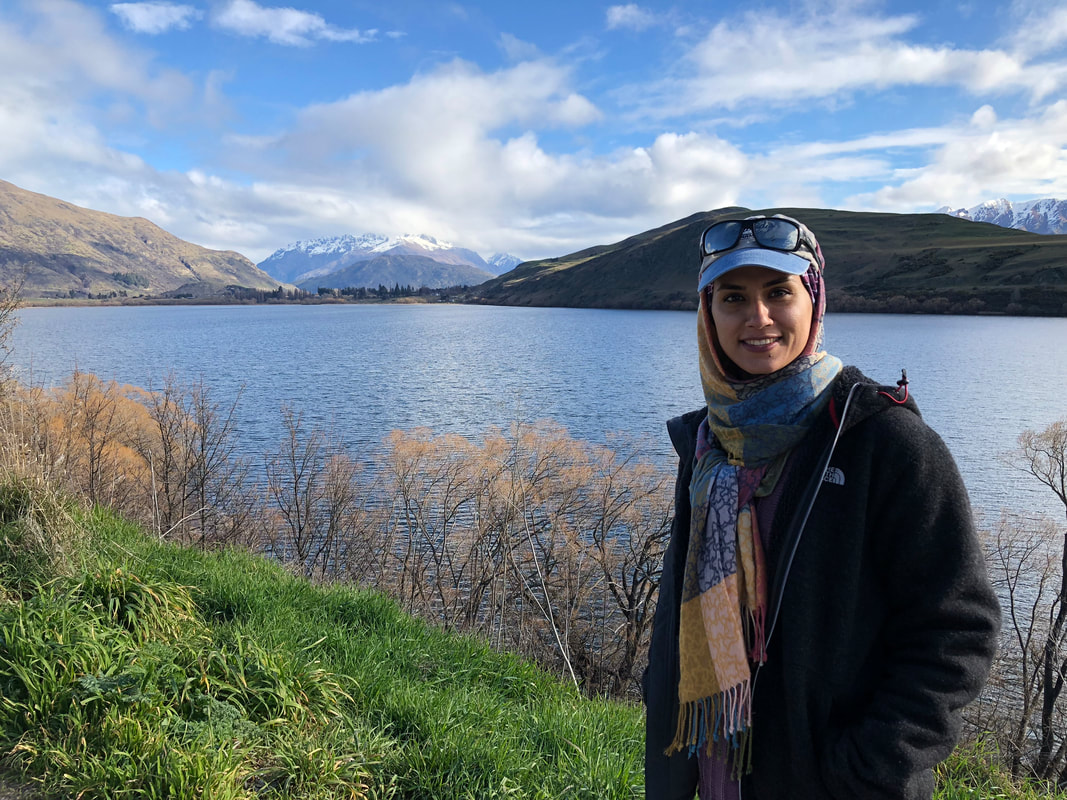
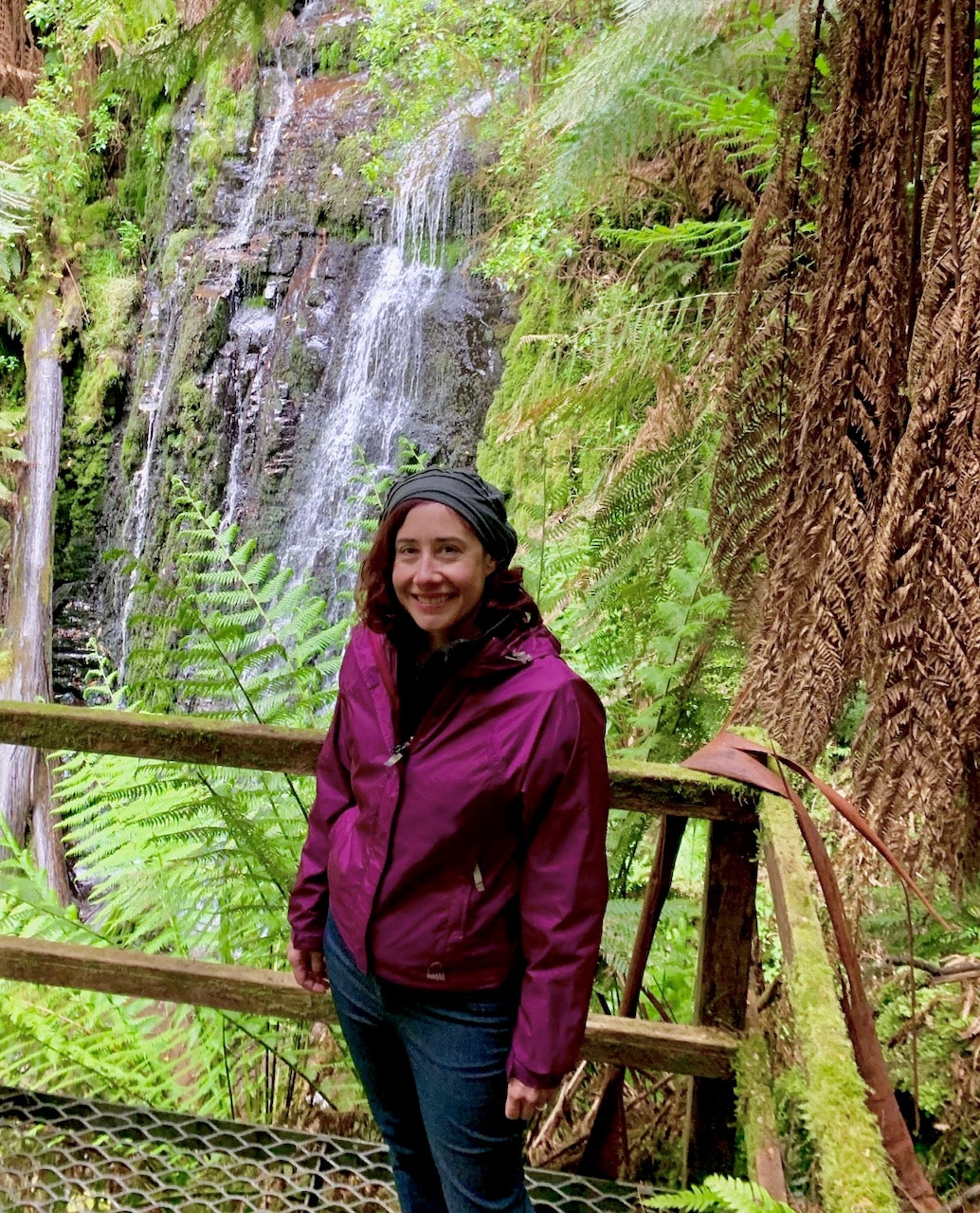
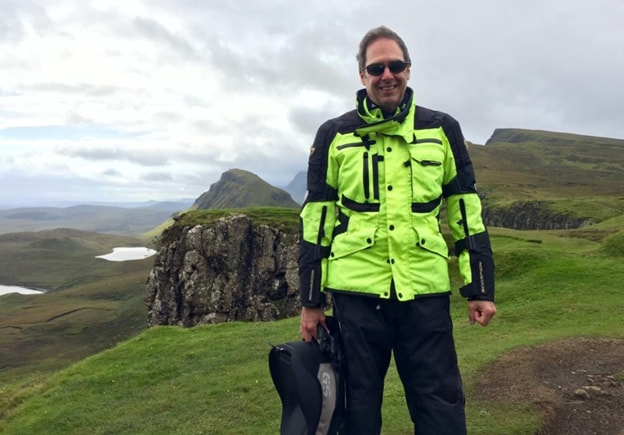
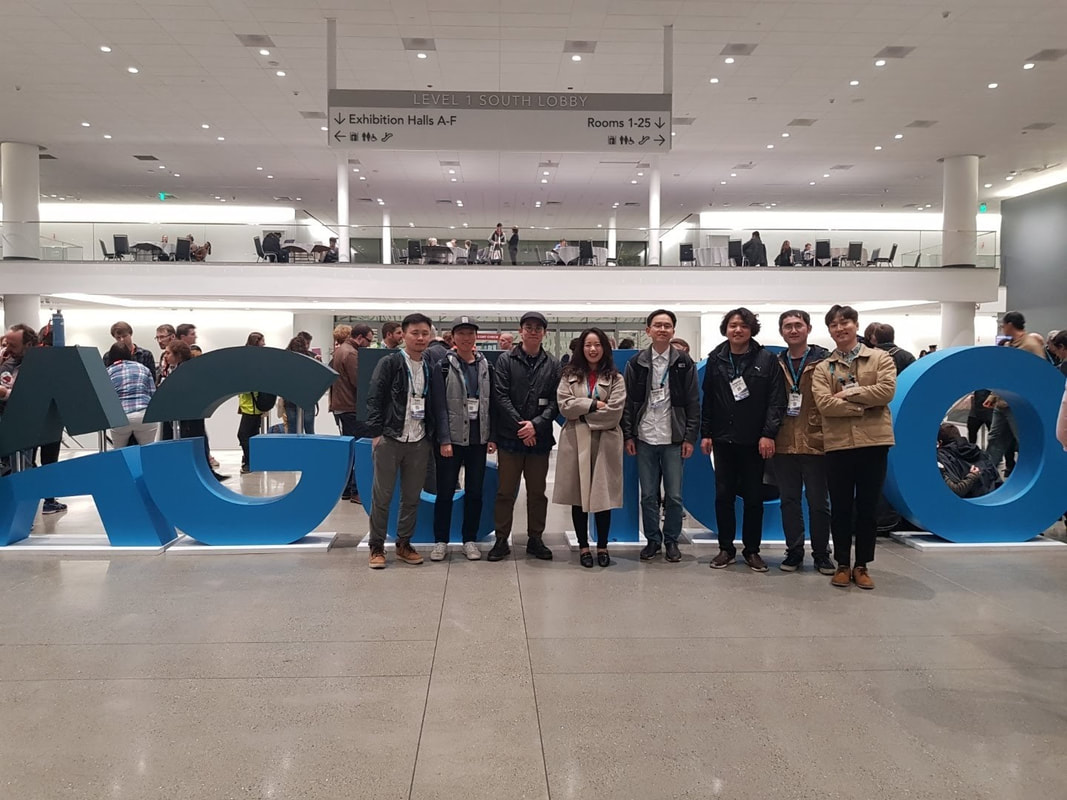
 RSS Feed
RSS Feed